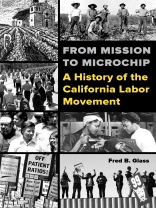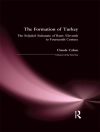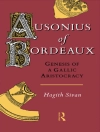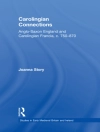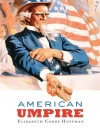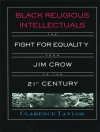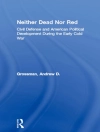There is no better time than now to consider the labor history of the Golden State. While other states face declining union enrollment rates and the rollback of workers’ rights, California unions are embracing working immigrants, and voters are protecting core worker rights. What’s the difference? California has held an exceptional place in the imagination of Americans and immigrants since the Gold Rush, which saw the first of many waves of working people moving to the state to find work.
From Mission to Microchip unearths the hidden stories of these people throughout California’s history. The difficult task of the state’s labor movement has been to overcome perceived barriers such as race, national origin, and language to unite newcomers and natives in their shared interest. As chronicled in this comprehensive history, workers have creatively used collective bargaining, politics, strikes, and varied organizing strategies to find common ground among California’s diverse communities and achieve a measure of economic fairness and social justice. This is an indispensible book for students and scholars of labor history and history of the West, as well as labor activists and organizers.
Зміст
LIST OF ILLUSTRATIONS
PREFACE: WHY CALIFORNIA LABOR HISTORY?
ACKNOWLEDGMENTS
PART I:BEFORE THE BEGINNING
PART II:EARLY DAYS
PART III:FROM PRIDE OF CRAFT TO INDUSTRIAL UNIONISM
PART IV:DIVISIONS IN THE GROWING HOUSE OF LABOR
PART V:THE ERA OF BUSINESS UNIONISM
PART VI:REINVENTING CALIFORNIA LABOR
AFTERWORD: A PLACE IN THE SUN
LIST OF LABOR ORGANIZATIONS AND ACRONYMS
BIBLIOGRAPHIC NOTE
SOURCES
INDEX
Про автора
Fred B. Glass is Communications Director for the California Federation of Teachers and Instructor of Labor and Community Studies at City College of San Francisco. He is the producer of Golden Lands, Working Hands, a ten-part documentary video series on California labor history.
